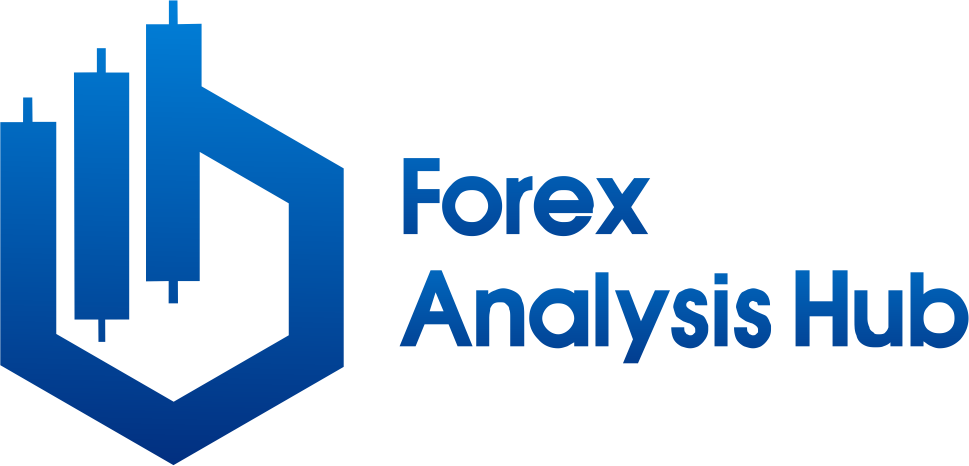In Friday’s North American session, EUR/USD is facing downward pressure near the daily high of 1.1355. The US Dollar (USD) has gained strength after the release of the US Nonfarm Payrolls (NFP) data for April. The US Dollar Index (DXY), which tracks the Greenback’s performance against six major currencies, is now trading near 99.60.
The NFP data revealed an increase of 177K new workers in the US economy, surpassing expectations of 130K but slightly lower than the previous month’s reading of 185K (revised down from 228K). The Unemployment Rate remained unchanged at 4.2%, in line with expectations. Meanwhile, the monthly wage growth, a crucial indicator of income growth, rose modestly by 0.2%, falling short of both estimates and the previous release of 0.3%. On an annual basis, the wage growth measure showed a steady increase of 3.8%, slightly below expectations of 3.9%.
The better-than-expected job growth data suggest that the US’s current trade policies, led by President Donald Trump, have not had a significant impact on the demand for labor. This may dampen market expectations of an interest rate cut by the Federal Reserve (Fed) at the upcoming June meeting. According to the CME FedWatch tool, there is a 50% chance of the central bank lowering interest rates in June, after keeping them unchanged at 4.25%-4.50% in May.
Earlier in the day, the US Dollar was performing poorly compared to its counterparts, as hopes of easing trade tensions between the US and China rose. News of potential talks between the two nations sparked optimism among investors. The Chinese Commerce Ministry has expressed its willingness to negotiate, while US President Trump has also stated his confidence in reaching a deal with China. He also mentioned possible trade agreements with South Korea, Japan, and India.
Technically, this should have boosted the US Dollar, as it reduces concerns about a decrease in consumers’ spending power. Investors were anticipating that the US would pass on the cost of higher tariffs to its customers, reducing their spending capacity. However, EUR/USD has bounced back above the key level of 1.1300 on Friday, after hitting a two-week low of 1.1265 on Thursday. The pair found support near the 20-day Exponential Moving Average (EMA) around 1.1260.
The 14-day Relative Strength Index (RSI) is within the 40.00-60.00 range, indicating that the recent bullish momentum has subsided. However, the overall bias remains tilted towards the upside.
On the upside, the psychological resistance level of 1.1500 will be a crucial point for the pair. On the downside, the high of 1.1214 from 25 September will be a key support level for EUR/USD bulls.
If you are looking to trade the EUR/USD pair, consider exploring our selection of top brokers. Understanding the strengths of each broker will help you choose the best fit for your trading strategy.










